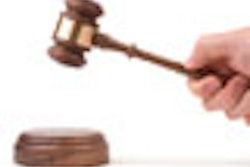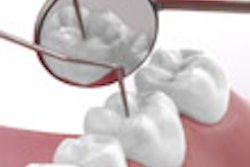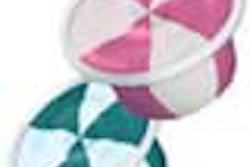What if you knew exactly which patients were most likely to get caries? You could focus extra efforts on protecting those patients' teeth. Now researchers from Okayama University, Japan say they've got a whizz-bang bioactivity test that can help you do just that.
In the January issue of the Journal of the American Dental Association, the investigators report that they found Cariostat by Dentsply-Sankin statistically accurate in predicting caries in children aged three-and-a-half and younger.
In recent years, caries experts have advocated more preventative measures -- such as fluoride varnish and more frequent cleanings -- for those patients at highest risk for the disease. But who are those patients? So far, tests of biological markers haven't proved very accurate in identifying them, leaving dentists to rely on patient history and careful examinations to figure out who needs the most prophylaxis.
Most of these unsuccessful tests, though, have relied on counting the S. mutans or lactobacilli in plaque and saliva, the researchers write. So Cariostat's inventors decided to try another approach: measuring the amount of acid created by the bacteria in the patients' plaque.
To test the test, the researchers used plaque samples from 1,208 children born in the year 2000. The Cariostat produced a caries activity score for each child. The investigators followed up at subsequent exams to see which children had the most caries.
Sure enough, they found that the higher the caries activity score the children had, the more likely they suffered from decayed, missing, or filled teeth as they got older. For example, 18-months after getting the lowest Cariostat score, three-and-a-half-year-old children had a caries prevalence rate of 0.29 percent. By contrast those with the highest Cariostat score had a caries prevalence of 4.46 percent.



















